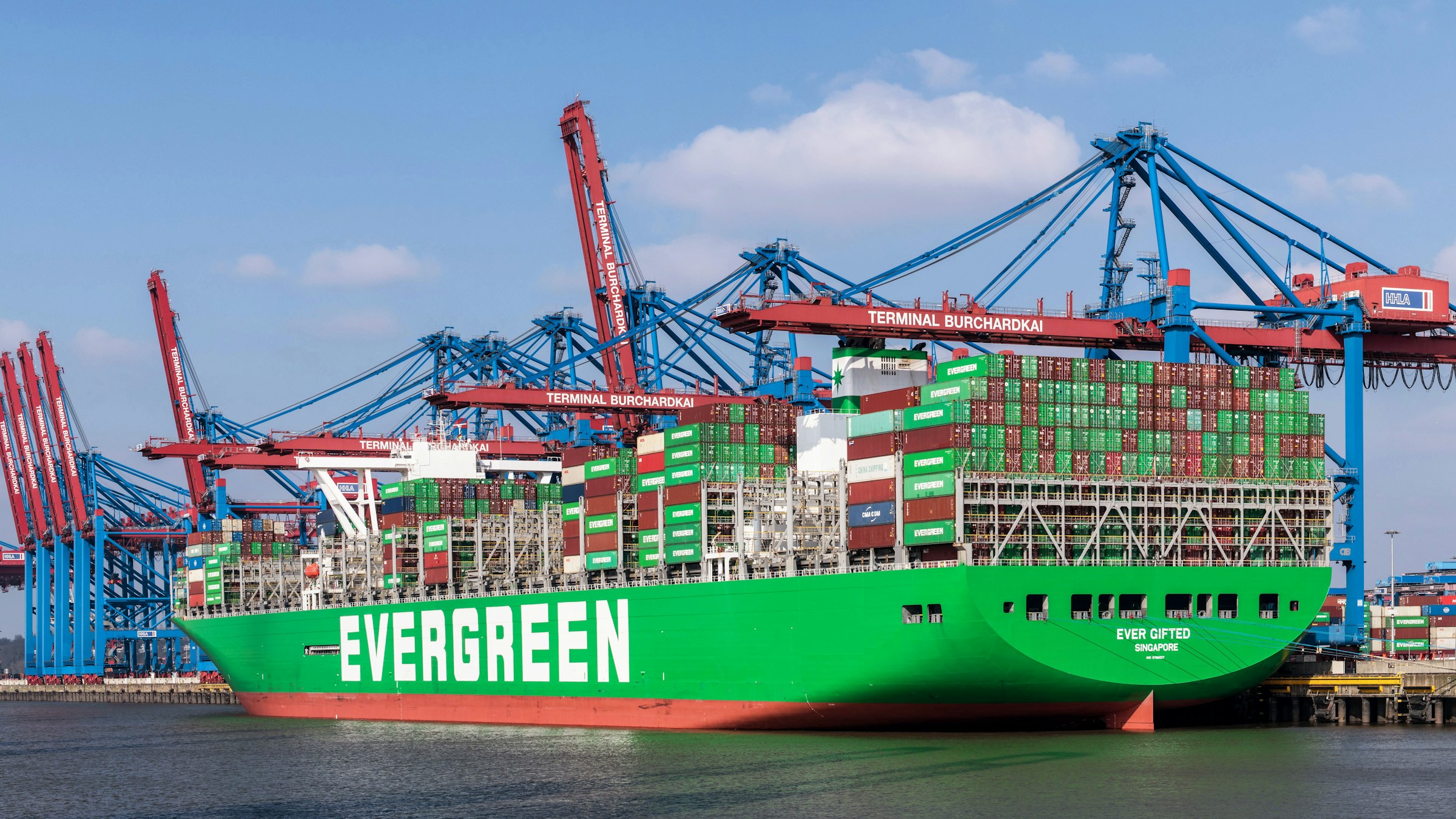In 2025, the U.S.-China trade war moved at an unprecedented pace from targeted tariffs to a full-spectrum economic confrontation. The sequence began with Washington’s 10% duties on Chinese imports and quickly escalated to triple-digit rates by April, paired with measures that closed e-commerce loopholes, tightened investment flows, and blocked technology exports. Beijing responded in kind, deploying export curbs on rare earths, restricting market access for U.S. corporates, and leveraging its own regulatory arsenal.
What began as a trade balance adjustment tool now functions as a policy architecture for industrial and strategic competition. Tariffs, export restrictions, and licensing regimes are being deployed not as temporary levers but as embedded components of each country’s long-term economic posture.
January’s initial measures framed around stemming fentanyl inflows carried the familiar logic of punitive tariffs. By February, Washington had expanded the approach to multiple trading partners, raising the stakes for supply chains dependent on North American integration. China’s February 4 countermeasures, targeting U.S. tech, agriculture, and energy imports, were notable for their precision: sectors critical to U.S. domestic politics and strategic industries were singled out.
By early April, the tariff escalations were joined by more technical trade restrictions. The U.S. decision to end “de minimis” exemptions for low-value Chinese shipments directly affected cross-border e-commerce, tightening compliance burdens for both small exporters and U.S. importers. China’s rare earth export curbs, announced April 4, struck at U.S. manufacturing dependencies in defense and clean energy, with downstream impacts extending into allied supply chains.
The April 8–11 phase tariffs spiking to 84% and then 125%, marked a symbolic break from the incrementalism of past trade disputes. It also signaled that each side was willing to incur immediate commercial costs to assert policy leverage, a stance that complicates traditional “mutual gain” negotiation models.
Compared with the 2018–2019 trade tensions, the 2025 episode is compressed in time and broader in scope. Then, tariff hikes were spaced over months, with pauses for talks; now, escalation cycles unfold over days, and negotiations serve as tactical pauses rather than reset points. The inclusion of export controls, corporate blacklists, and licensing requirements shifts the focus from trade volume to industrial capability preservation.
Regionally, the divergence is notable. While the European Union has avoided headline tariff escalation, it has tightened inbound investment screening, particularly in technology sectors, effectively aligning with the U.S. on strategic control of key industries. Southeast Asian economies are positioning as alternative manufacturing and logistics nodes, but face higher compliance costs from origin tracing and dual-use goods regulation. This benefits some capital inflow, but also constrains operational flexibility.
Financial markets have managed the tariff shocks without acute dislocation, partly because of the intermittent “truce” periods that create predictable relief windows. The May Geneva agreement, rolling back U.S. tariffs to 30% and China’s to 10%, was less about resolution and more about providing breathing space for exporters and investors. Yet the short truce horizon which is initially 90 days are kept capital deployment conservative, particularly in high-exposure sectors like semiconductors and agriculture.
Sovereign wealth funds and reserve managers across Asia have been adjusting portfolios to reduce direct U.S.-China bilateral exposure. Allocations are tilting toward jurisdictions with preferential trade terms to either side of the dispute, including ASEAN and parts of the Middle East. Commodity desks, meanwhile, are treating rare earths and LNG as policy instruments, requiring hedging strategies that account for non-market supply disruption.
The original goal of reducing the U.S. trade deficit with China has shifted toward a broader strategic agenda. For Washington, the confrontation now incorporates industrial policy, focusing on onshoring semiconductor production, securing supplies of critical minerals, and limiting China’s access to advanced AI hardware. For Beijing, the priority is to safeguard domestic technological independence, preserve export leverage in resource markets, and project resilience to domestic audiences.
This shift carries significant implications for capital flows. While tariffs can rise or fall in tactical negotiations, export controls, licensing requirements, and investment restrictions tend to be more enduring. These measures embed political risk into supply chains and corporate strategies, making diversification away from high-risk trade corridors an ongoing necessity.
By mid-year, tariffs were functioning less as economic instruments and more as signals within a wider policy contest. The July to August period, which included negotiations in Stockholm, the partial reinstatement of U.S. export licenses for Nvidia, and calls for expanded Chinese purchases of American agricultural goods, underscored how tariffs were being used as markers of political leverage rather than purely fiscal tools. The 90-day truce extension in August showed that both sides value temporary pauses, but largely as a means to manage tactical positioning rather than to advance a lasting resolution
Three signals emerge from the 2025 confrontation:
First, trade policy is now inseparable from industrial strategy. Tariffs, export controls, and licensing regimes are being deployed to shape the geography of manufacturing and technology flows.
Second, capital allocation strategies must integrate political-economy risk at a sectoral level. Rare earths, semiconductors, and agribusiness are no longer purely commercial categories; they are levers in sovereign policy.
Third, the escalation-truce cycle is likely to persist, meaning investors and corporates will operate in a climate where policy risk is permanent, even during periods of tariff reduction.
The U.S.-China trade war 2025 is not a dispute to be settled; it is a framework for ongoing competition. Tariffs are just the surface layer — beneath them, the structural realignment of economic policy is underway, reshaping global capital flows for the foreseeable future.















